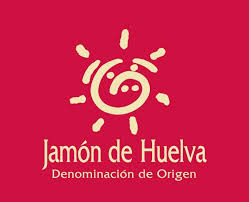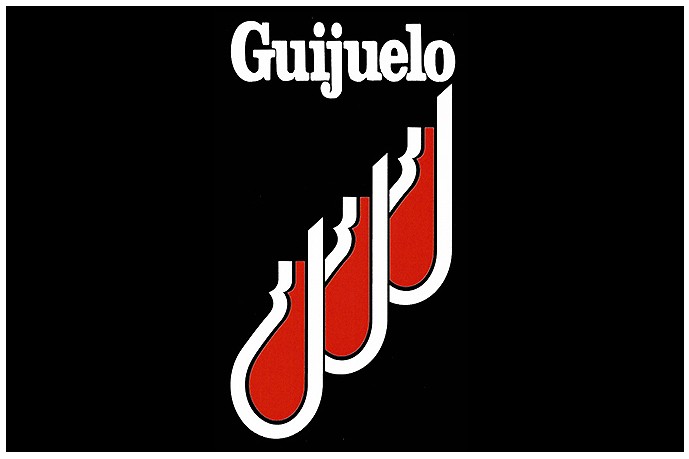The truth is we like to talk about the wonders of ham, but we consider it fair, and necessary, to comment on the different conditions that can alter the quality of this delicacy. Because nobody is perfect, right? Well, in the Iberian hams also happens…
- Strange Taste: This will basically depend on the animal’s diet. When it comes to grass, no problem, but when it comes to feed, it is very important that farmers pay attention to those that come from fish meal. The flavor of the ham may also be altered by defects in oxidation.
- Hams Shortened: Here we talk about hams that seem to be at their optimum point of curing until they start and surprise us, presenting, in fact, fresh areas. Why is this happening? Because in the first stages, drying has not been carried out correctly.
- Defect in the oxidation of ham fats: In this case, we are referring to an over-oxidation process, which will give our ham an orange color and a rancid flavor. This may be due to:
- Lipolysis, by a previous freezing of the piece.
- Our ham does not come from a good quality raw material, and this results in a high concentration of unsaturated fats, which will facilitate over-oxidation.
- During the manufacturing process, the piece has been subjected to high temperatures.
- Tyrosine crystals: This is not a disease, although as it may seem, we will talk about it here. They are nothing but crystal deposits that contain the amino acid tyrosine and are given by the advancement of the healing process.
These are the main ailments that can affect your ham internally, but can also be affected by external agents such as:
- Mites: Yes, mites also affect hams, and although they do not cause allergies, if they appear during the maturation of the piece, they alter its smell and taste, to the point of reducing its quality and preventing its commercialization.
- Coqueras: They are perforations that appear in the bone part of the ham leg. They often become home to numerous mites and some types of fungi that will lead to a putrefaction process.
- Bicheras: Caused by Diptera such as Phiophila Casei, also called “saltón” or Calliphora Entrocephala or blue fly. These, in the form of a larva, will gradually eat the piece, leaving numerous holes as a trace.
- Coleoptera: Larvae most feared in drying rooms and cellars due to their high voracity.
So far with ham diseases. We hope that, despite knowing a little more about them through this publication, it will never affect any of your hams.
See you in the next post!

 Español
Español
 Català
Català  English
English Français
Français Deutsch
Deutsch Italiano
Italiano Dutch
Dutch




